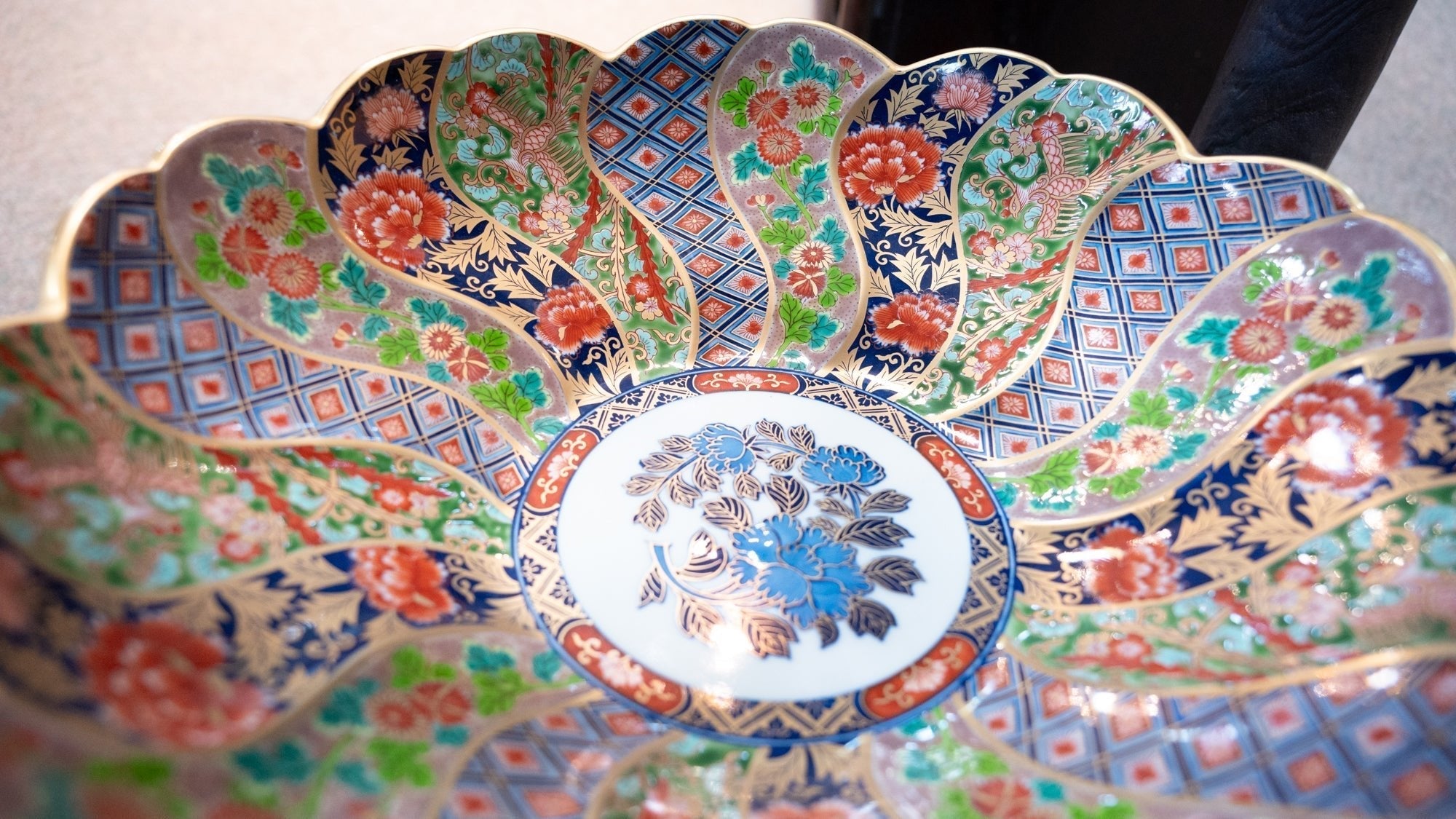
Preserving Heritage: The Art of Old Imari Replicas at Rinkuro Kiln
Written by Shirata Ai
Hasami is located in Nagasaki Prefecture, Kyushu, the southern part of the Japanese archipelago. Contrary to expectations of a warmer climate, mid-January in Hasami proved to be colder than Tokyo. Just the day before my arrival, it had snowed, complicating commutes to work and school. The town, situated about 45 minutes from Nagasaki Airport by expressway, is peaceful and has a notable history.
Hasami has long contributed to Arita ware porcelain and prospered as a town for general tableware. This time, I went on a business trip to visit suppliers in this area. One of them is the Rinkuro Kiln, which is one of Musubi Kiln's most beautiful and traditional-style kilns.
tables of contents
The Art and Beauty of Replicas

Japan has a tradition of creating utsushi "replicas" of esteemed or no longer produced designs and shapes, which differs from low-quality fakes that claim to be genuine. The practice of replicating, deeply valued in China for centuries, was adopted in Japan under Chinese cultural influence for skills acquisition and documentation. I believe that while it may be difficult for the general public to enjoy masterpieces in museums, using replicas to appreciate and preserve the pieces for future generations is a marvelous approach.
This method exists in the world of Japanese poetry as well, where original works are referred to as honka and the very term is also used in the pottery world. In any case, this practice embodies deep love and respect for the original.
Reviving the Legacy


As the number of craftspeople skilled in applying transfer papers decreases, the loss of one technique requires thinking about replacements, signifying continuous development. This leads to the confidence at Rinkuro Kiln that creating Old Imari replicas is a task only feasible for kilns with the necessary know-how.
Passing on the Heritage for Future Generations


The culture of replication allows conveying the beauty and vitality of flowers and birds as seen through the eyes of the original artists, preserving their breath for future generations. Though they may no longer be there with us in form, I still feel the presence of all the people who worked to protect them and have cherished these pieces.







Leave a comment
This site is protected by hCaptcha and the hCaptcha Privacy Policy and Terms of Service apply.